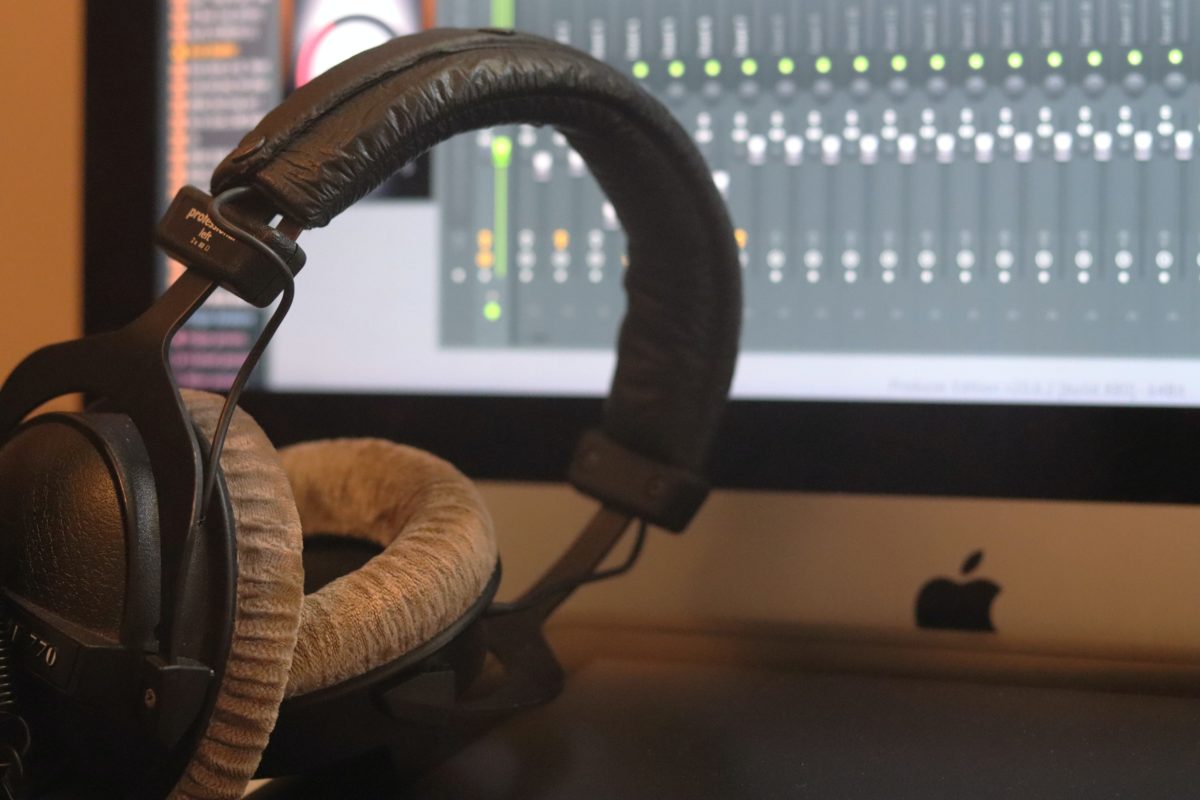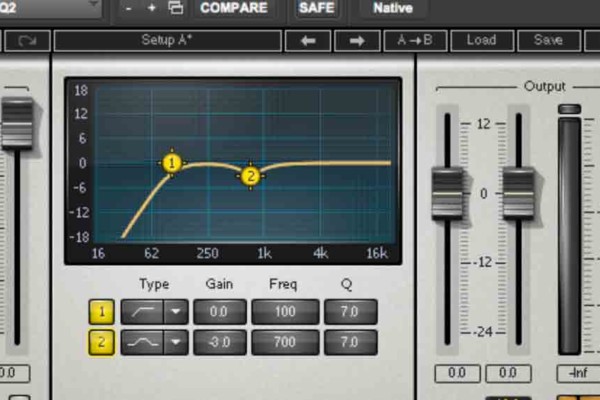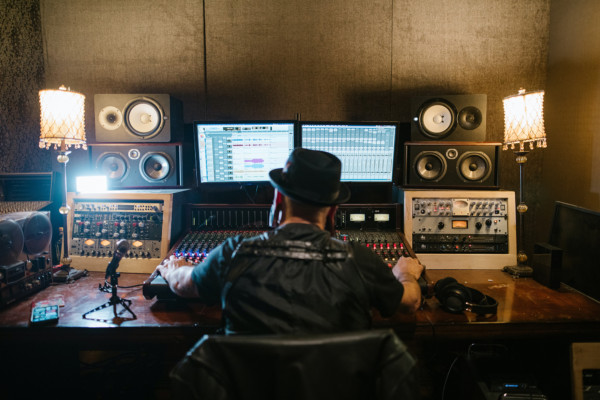Recording Bass: 5 Tips To Make Your Recordings Have a Tighter Low End

There is usually one thing in common with albums I’ve mastered that clients have mixed at home: their low end is either muddy or non-existent. Perhaps you’re also running into this problem. If you’ve compared your mixes to some of your favorite albums and have noticed their albums have a nice round low end, and yours does not, here are some pro tips to help you get your low end in order!
1. High Pass Filter All Instruments
The low end in your mix has just as much to do with all of the other instruments in your mix, as it does with the bass and kick. You should let the low end come from where it would naturally. That would be the kick drum and the bass. Everything else needs to get out of the way. The easiest way to do this is with a high pass filter on your eq. I want to make it so the only low frequencies are coming from the kick and the bass. This is the best way to clean and clear up your low end. If you don’t have other instruments’ low frequencies masking your kick and bass, that leaves room for the low end to shine in your mix. On every single instrument or voice in the mix besides the kick and bass, I will set a high pass filter. The frequency will always be between 80Hz and 150Hz, depending on the instrument.
2. Normalize and Gain Tool Your Bass Tracks
Another reason that your low end isn’t tight is because of note drop outs. You need to keep the bass line consistent throughout the song. Fader rides are a must, but you can do another trick to get ahead of the game. I prefer to first normalize the bass track to 90%. After you do this, zoom out so you’re able to see the entire bass track. You will be seeing peaks in the waveform that are sticking out from the bulk of the track. Use your gain tool and knock those peaks down 3-4dB. After you do this, then normalize the track to 90% again. Zoom out again, and see if there are new peaks that you didn’t see before. Keep repeating this process until there are no other peaks to knock down. Another great benefit of this is if you’re putting a compressor on the bass track, the gain reduction will be consistent. You’ll be hitting the compressor the same throughout, keeping an even tone!
3. Compress Your Bass With a Key Input
Another way to make some separation in your low end is to add a compressor with a key input. Many compressors offer you the chance to do this. What I do many times, is send the kick track out of a buss track. I then go to the compressor on the bass track. I’ll set the key input to the buss track coming from the kick. What this does is makes it so the bass gets tucked under the kick 1-2dB every time the kick hits. Just set your compressor so you’re only getting 1-2dB of gain reduction with a fast attack and release!
4. L/R Balance Your Kick and Bass
This is a very common tactic that often gets overlooked. Balance your kick and bass so they are at the same volume throughout. The easiest way to do this is to pan your kick track all of the way to the left and pan your bass track all of the way to the right. After you do this, just solo the bass and kick. Look at your VU meter, the kick should be hitting around -7dB on your VU meter on the right, and your bass should be hitting around -7dB on the right side!
5. Boost Sweep Other Instruments
Keeping with the theory above to get the low end from other instruments out of the way. We can continue to the next step of this theory. We’re going to cut out problem frequencies from other instruments. I like to solo the kick, bass, and the targeted instrument. Once you do this, put an eq on the targeted instrument. Set a very narrow Q on the eq, and do a large boost. Now all you need to do is sweep the eq up and down the frequencies. This will usually be in the 100Hz to 400Hz range. When you do this, if you hear a frequency that covers up, or masks the bass, this is the frequency we want to cut out of this targeted track. Keep the Q narrow, and cut 3-4dB out of that specific instrument. It’ll clear up your low end, and also the entire mix!




Gotta try this out!
Big Thanks for this article! Great advices!